Bromshall Tunnel
Bromshall Tunnel


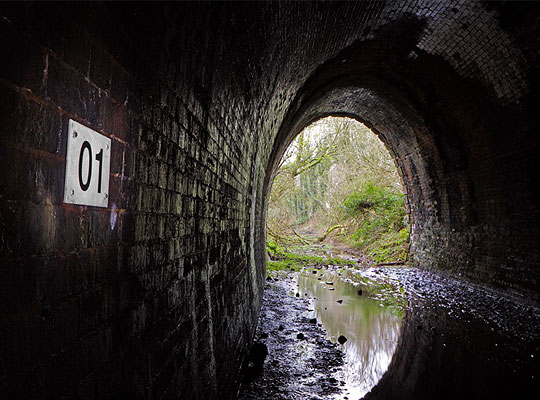
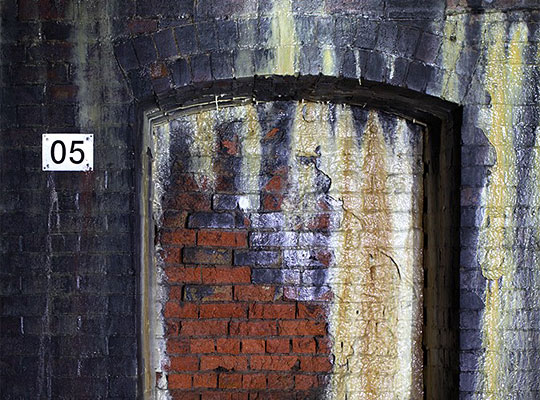
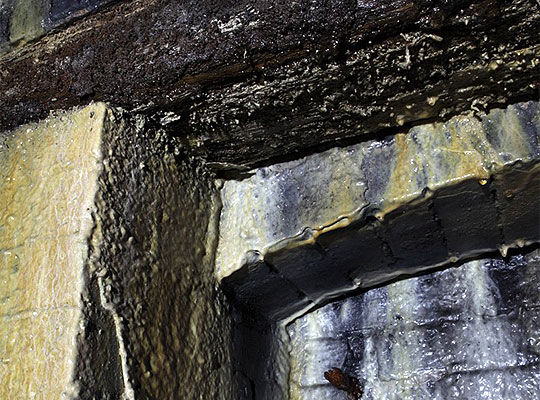
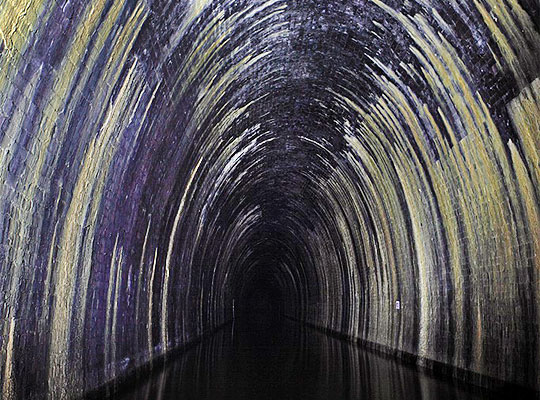
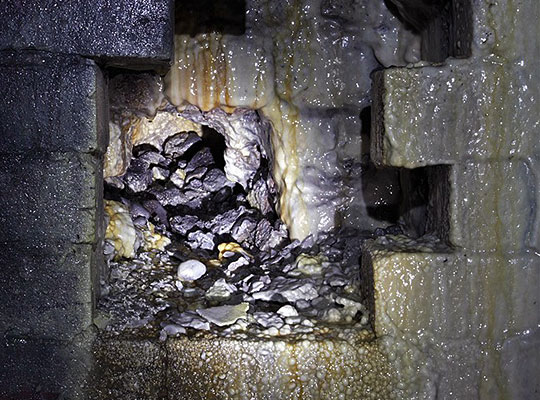
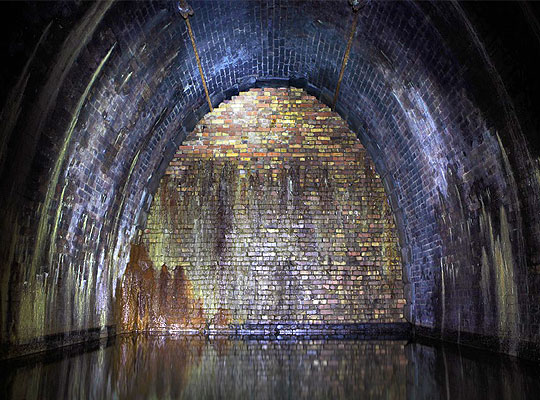
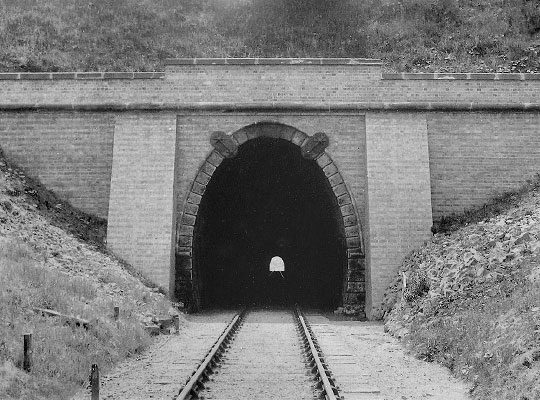
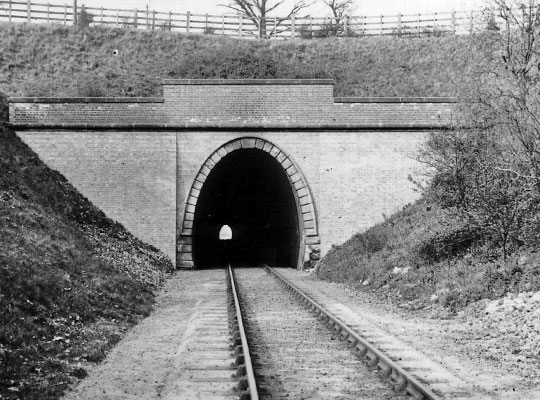
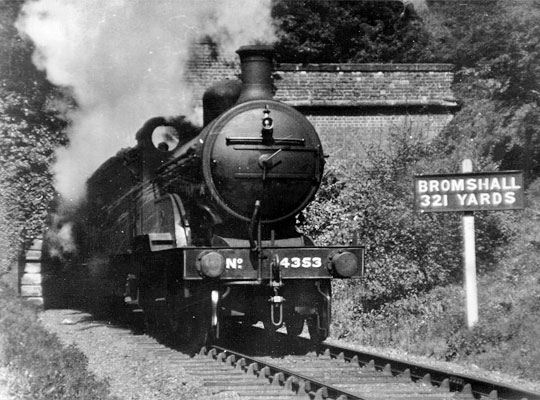











The idea of establishing a link between the North Staffordshire Railway at Uttoxeter and the Grand Junction Railway at Stafford was first discussed in the 1840s, but formal plans didn’t emerge until 1861. Soon thereafter, the Stafford & Uttoxeter Railway was created by a Parliamentary Act, supported by the local shoe-making industry and the Bamford family’s ironworks. Engineer of the 12½-mile single track line was Thomas Charles Townsend; it included several challenging inclines, although no gradient exceeded 1:70.
Construction got underway in 1862, with Brassey & Field appointed as contractors, although progress was hindered by the high cost of land and labour. The price escalated – reaching £10,000 per mile – compounded by the need to drive a tunnel south of Bramshall and a 60-foot deep rock cutting at Hopton, now filled in. From the outset, the company was under-subscribed and, in 1865, it had to return to Parliament for a second Bill, authorising further funds to be raised. The following year, the death of Mr Brassey brought inevitable delay to the works.
The Stafford & Uttoxeter Railway opened for traffic on 30th December 1867, soon earning the nickname of the Clog & Knocker. It was, however, not commercially successful; in 1878, costs were exceeding receipts, resulting in a receiver being appointed. The following year, a Bill was approved authorising the Great Northern Railway to operate over the S&U, paving the way for its acquisition, in 1881, for £100,000. The benefit of this was a much-needed £40,000 investment in improvements, including passing loops at each station and the installation of block signalling.
The line settled down and eventually managed to pay its way. However passenger services were reduced to one train a day at the outbreak of World War II and the line closed completely to the public in 1940, with trains only carrying military personnel. Through traffic ended on 5th March 1951, although the extensive Air Ministry sidings north of Stafford continued to be served. The very last train, a special organised by the Stephenson Locomotive Society, traversed the line in 1957; thereafter, work to lift the track got underway, taking five years. The stub serving RAF Stafford closed on 1st December 1975.
The tunnel at Bramshall – named officially as Bromshall by the railway – is also known as Loxley. It has a straight alignment and a length of 321 yards. At its northern end, the approach cutting has been filled in to make way for a farm approach road. To prevent encroachment of the fill, a blockwall was erected abutting the entrance. As a consequence of this and the falling gradient, floodwater at this end can reach a depth of three feet.
The extant south portal is brick-built with the exception of its voussoirs – which incorporate a rounded oversail – a string course and the coping stones, sitting on top of a stepped parapet. Either side of the entrance, buttresses help to resist forces from the cutting slope. Historical photos of the north portal indicate that pattress plates had been installed at the high haunches. The ties remain visible, extending about eight feet back into the lining.
Horseshoe shaped in profile, the tunnel is lined throughout in brick and subject to considerable water ingress, resulting in calcite deposits running down the walls from the crown. Refuges are inserted in both sidewalls, with vertical sides and a segmental arch two bricks thick.
Maintenance responsibility for Bromshall Tunnel remains with the Historical Railways Estate, who know it by structure number SUX/4A. It supports the A518 Stafford-Uttoxeter Road.







